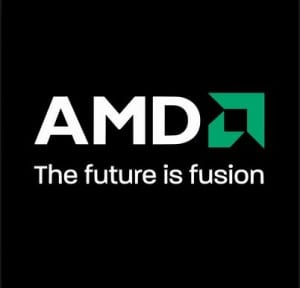Advanced Micro Devices, Inc. (NASDAQ:AMD) just made the earnings announcement for the quarter ended March 31, 2015. Even though the analyst call hasn’t taken place yet, the one thing that has got the attention of investors is the fate of its Dense Server System Business. As per reports, the company has announced to exit from the Dense Server Business with immediate effect.
Insights on Announcement
The Dense Server System business operates under the well-known SeaMicro brand that was acquired by Advanced Micro in 2012 for as much as $334 million. The primary reason for acquiring SeaMicro was to explore the micro/dense server market. Advanced Micro sought to establish itself as an agile company during the 2011-12 time; hence, it tried everything possible to make the best use of market conditions.
The Microserver model focuses on making the servers lean and effective in terms of cost and processing. Servers are built with the help of lower performance cores, thus, capable of performing low-impact threads such as web servers. It was a good fit for the processor designs of Advance Micro Devices where both Cat and Bulldozer families would be ideal choices for such a design.
The earnings announcement of Advanced Micro Devices revolves around its intent towards finding ideal opportunities as a semi-custom silicon company. SeaMicro business does no long make any sense to company’s objectives; hence, it seeks to turn the wheel completely. The company wants to keep it simple and straight, which is why it has decided to exit from Dense Server System business. More insights of this announcement will be known once the analyst call commences.
As part of its decision to exit from this business, Advanced Micro Devices will take a $75 million dollar special charge in relation to impairment of intangible assets that it acquired in the past. The senior management team Advanced Micro Devices is confident about this decision and feel that it will add value to shareholders in the long run.









